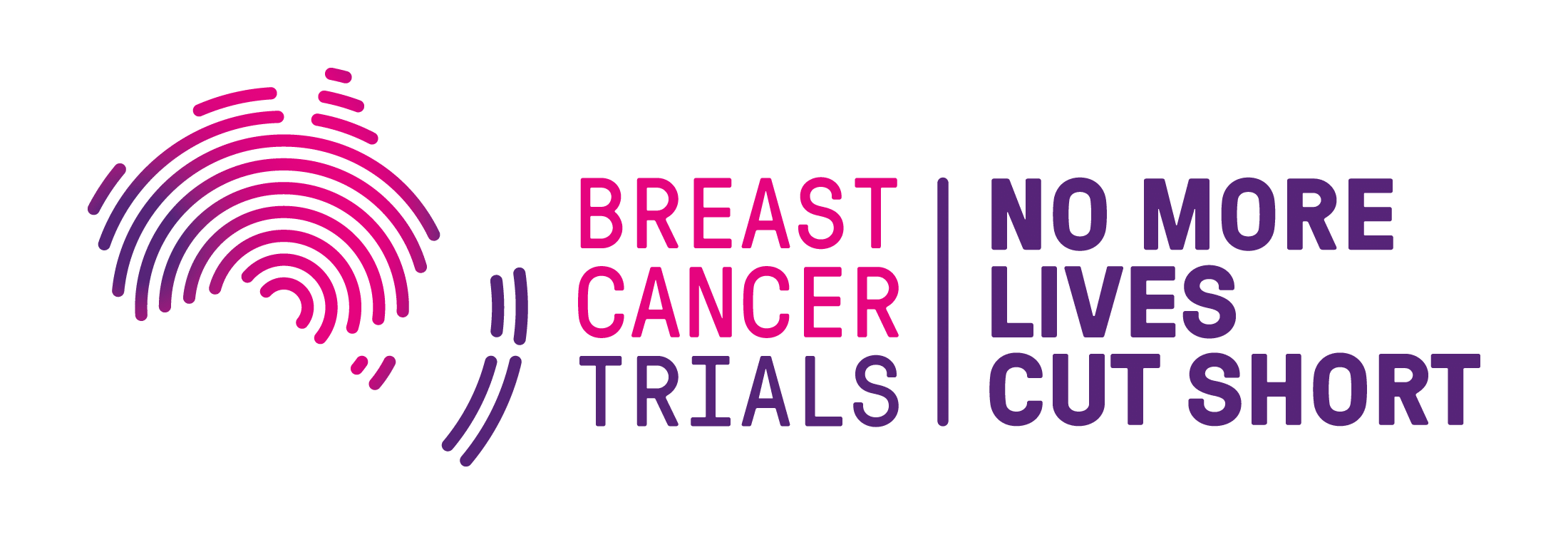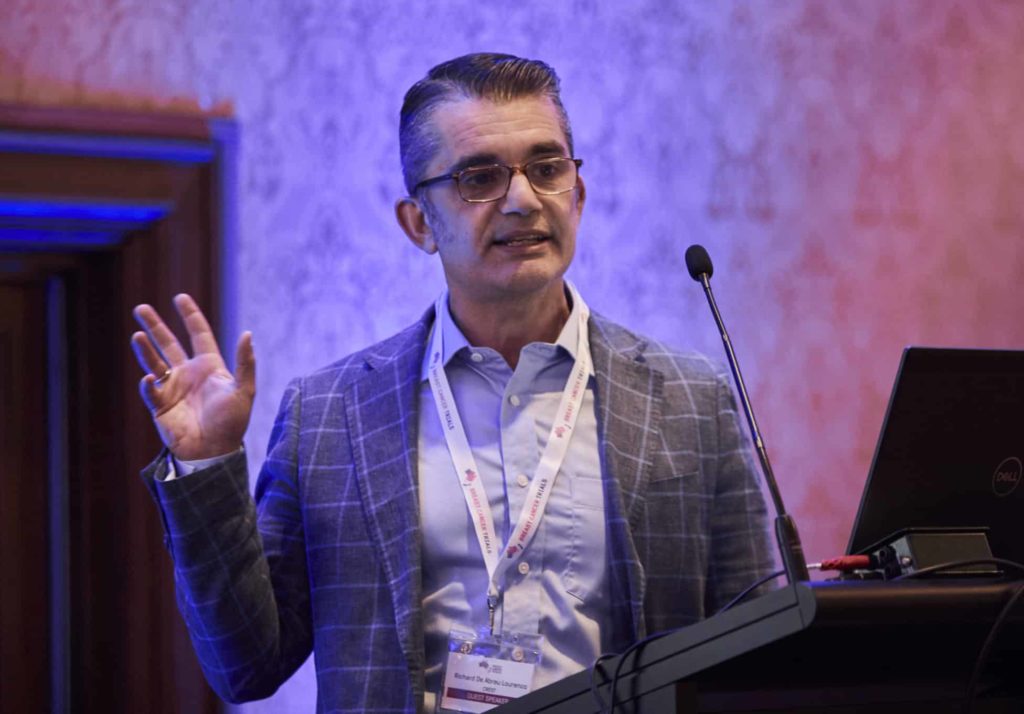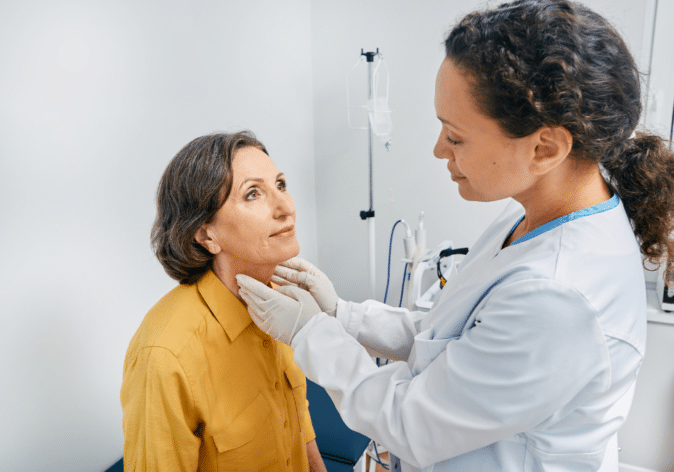Health Economics in Clinical Trials
Health economics is used in clinical trials to ensure information is being collected in the right way, so that it can be provided to Governments and bodies such as the Pharmaceutical Benefits Advisory Committee, so that they can compare new treatments with existing treatments to decide what drugs should be funded in the public system.
“So, health economics looks at how we use health care resources and how we can use them to better provide access to health care. And we use it in clinical trials to be able to go to someone like the minister or the committees that support the minister, like the Medical Services Advisory Committee, or the Pharmaceutical Benefits Advisory Committee so that they can compare new treatments with existing treatments to be able to say yes, this should be funded in the public system.”
“It’s critical to be able to make those comparisons about what we’re doing now with what we want to be doing, and health economics helps us to do that – to compare the costs and the outcomes in the right way to make decisions about value for money.”
Listen to the Podcast
Listen to our conversation with Associate Professor Richard De Abreu Lourenco as he discusses what health economics is and how it is currently used in clinical trials.
Does the Role of Health Economics Differ Depending on the Phase of the Clinical Trial?
“It certainly does, and we always try to say that there is a role for health economics in the different phase trials. It’s just that that role, as you say, is quite different. So, for example, in a phase one trial, we wouldn’t be looking to make any comparisons because there isn’t a comparison in a phase one trial, but we still might be interested in understanding what it takes to implement whatever is being tested in the phase one trial.”
“So, if it’s a new drug that we’ve never seen before, we might want to know what are the resources that are required for patients to use this drug? Is it expensive? And that’s important for us to understand for the next phase trial for the next phases of that drug if it passes phase one.”
“If you compare that to a phase three trial where we’re comparing something that we know is effective with the current standard of care, then doing a health economics study as part of that trial is important because if that study is positive, then we’re going to use those results or someone’s going to use those results to go to a reimbursement committee and say this should be funded.”
“So, it’s critical that we’ve got good information about the costs and the outcomes for the new intervention compared with the standard of care, to be able to demonstrate that value for money.”
Does an Economic Evaluation need to be included in Clinical Trials?
“Not in every trial. We don’t need to do economic evaluations in every trial. It really depends on what we’re aiming to do with the trial. So, if the trial is aiming to change practice, then ultimately we want to affect practice change either at the local level or the national level.
“Having an economic evaluation alongside that trial or as part of that trial is something we would want to do because having an economic evaluation is a good way to change practice. We’re able to say yes, this thing represents value for money, particularly if it’s changing practice at the national level where we want to make treatments available in a publicly funded way.”
“If the aim of the study is not to change practice, but to show that something works so that we can go on to our next phase of our study, then doing an economic evaluation might not be required. But we still might want to collect some information about how that drug is working, either in terms of its costs or in terms of its impact on patients.”
“We have to remember that health economics is a two-sided coin. It’s not just about what it takes to deliver an intervention, it’s also about the impact of that intervention. So we might want to collect information, for example, about quality of life or the impact on patients in terms of time requirements. So, you know, how long the patients are having to go to the hospital or to the clinic, and how long are they there for while they’re receiving treatment, so that we can understand what the impact is on a patient from a time requirement, which in itself has implications for treatment and its value.”
“Quality of life in health economics is an important aspect of what we do because quality of life and assessing quality of life in a particular way allows us to make comparisons across treatments and across diseases.”
Associate Professor De Abreu Lourenco discusses the importance of assessing efficacy in health economics.
“So we need to be able to assess efficacy in a way that’s comparable, and quality of life allows us to do that because we can look at not just how well people are living, so not just looking at survival, but looking at the combination between survival and quality of life.
“We do that using a variety of questionnaires that we ask that patients are asked to complete and then we value those patient ratings of their health by members of society.”
“So a patient tells us what it’s like to live with a certain condition and then society has told us what they think about that condition and how they would value being in that condition themselves. That societal evaluation often sounds a bit perplexing to people. They think, well why should we care about how society values a particular state of being in terms of quality of life? And the reason that’s important is because usually the information that comes out of those questionnaires is being used to make decisions about how we spend societal dollars and that’s why we get societal values of those of those health states.”
“So how does society decide what is important? Such as making a new drug available to everyone the way that we do that in the countries where it happens. So, countries like Australia, New Zealand, Taiwan, the United Kingdom, and Canada. There’s a number of countries where this happens, and there is typically a committee that’s made up of members of society who meets to assess a package of evidence that’s submitted by whoever the sponsor or organization is for the intervention.”
“In most cases that’s the company who makes or supplies whatever that intervention is, whether it’s a new drug, or a new diagnostic device, or a new imaging device. They will ask this committee to put it on the publicly funded list. The committees look at the evidence in a number of ways.”
“They’re looking to see, well is it safe? You know, if we fund this thing, is our public going to be safe? Is it effective? Does it do what it purports to do? At least as well as what we’re doing now and hopefully better? Is it cost effective? What that means is does it represent value for money.
“So, if we spend our money on this new intervention, would we be buying more outcomes than we get with the way we’re doing things currently, and are we prepared to pay as much money as the company is asking for them? So, is the money that the company is asking for those extra outcomes, worthwhile? Are we prepared to pay that much for those additional outcomes?”
“All of that evidence gets submitted to these committees and they have to think about it? They must think about it in a number of ways. So is it safety effective and cost effective. But they also think about it in terms of if we don’t fund this thing, are there equity implications? So, will patients be worse off if we have to make them fund it themselves? Are their equity implications? If we do fund it, will some patients be worse off than others?”
“For example, Australia is a great example where rural patients can sometimes be made worse off if we find something that’s only going to be available in the city. So how does the rural patient get access to something that’s only going to be available in the major metropolitan cities? What happens if we’ve got a condition that’s for very, very few people? How do we make sure that they’re going to get treatment, because those treatments can usually be very expensive, but we don’t want to deny them access just because it is expensive.”
“That means it’s going to be prohibitive for any company to provide it at a cheaper price. There are lots of other things that they think about and not just that cost effectiveness element. So, it’s a very big decision that these committees have to make, and they do it quite advisedly. It takes a lot of thinking and they put a lot of effort into it.”
“It’s not all hard numbers. The numbers are critical because they underpin what we do. But certainly, there is heart in a number of ways. There is heart in terms of the fact that we are so focused, but that we look at quality of life which is critical to measuring outcomes. And quality of life encapsulates a number of domains.”
How is Health Economics Data Collected?
“The gold standard way to do it as part of the trial. So, you know, ideally when a trial is kicking off, we want to be there day one when the protocols being written. We want to know what the study question is, can we incorporate health economic data endpoints or data capture throughout that protocol?”
“So, when we get to the end of the trial, we have the data, and the information that we need to be able to go away and do the economic evaluation. That’s the gold standard. That’s the best way. So that you know, we have everything that we need to be able to answer the questions in the right way and as robustly as possible. That doesn’t mean we can’t do an economic evaluation if the trial has been conducted and suddenly, we decide or someone decides this really needs an economic evaluation, it can always be done. It’s just it becomes more challenging to what we call retrofit and economic evaluation if the information has already been collected for the efficacy component of the trial but can still be done.”
“But yes, the gold standard is to do it when the trial is happening, when a clinical trial has published results and it may be very positive for a new treatment.”
Is there a Heart in Health Economics or is it all Numbers?
“So, there is research that’s ongoing at the moment that’s looking at what is included in quality of life, to expand that. So, we are capturing things that at the moment might be considered far more intangible than many aspects of quality of life. So there is research looking at things like hope, for example, and saying well can we expand how we think about quality of life to capture something like hope, and that’s certainly bringing in more and more of that element of hope.”
“And I’ll share an anecdote with you. Many, many years ago I was coming back from a trip on a plane and I was sitting, working away and the whole flight, an older couple next to me kept looking at what I was doing. And at the end of the flight the gentleman worked up the courage to finally ask me some questions and he said excuse me, but did you work on that drug? And I said yes, why? And he said our son had leukaemia and he went on that drug and it saved his life. I just want to thank you for making that available in this country because without it he would have died.”
“At which point his wife started crying, he started crying, and I started crying and it brought home to me that I do what I do because it does impact on people. And you know, the nature of health economics is particularly about impacting on people’s lives and that’s all about heart. So yes, it’s underpinned by head the numbers but it’s all about heart in its application.”
Support Us
Help us to change lives through breast cancer clinical trials research



